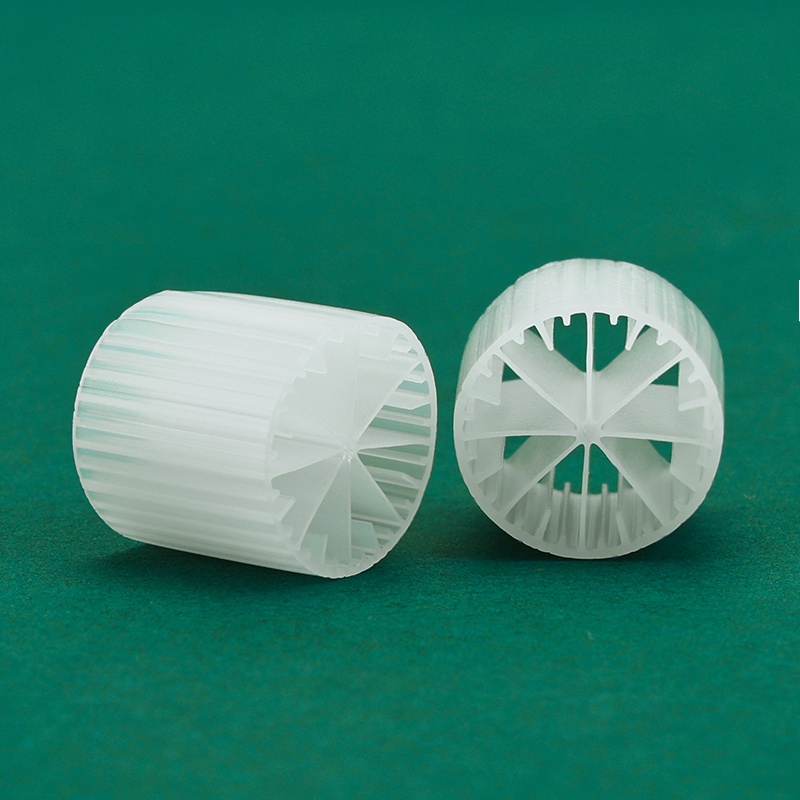 +86-15267462807
+86-15267462807
With the increasing importance of environmental pollution and water management, biofilm technology plays an increasingly important role in the field of water treatment. Among many biofilm technologies, the Moving Bed Biofilm Reactor (MBBR) has received much attention for its high efficiency, flexibility and reliability. However, what exactly are the advantages of MBBR media over other biofilm technologies? The following is a comparative analysis of MBBR media with other biofilm technologies:
1, High biomass loading of MBBR media:
MBBR Machine has a high specific surface area, which provides more surfaces for biological attachment, resulting in a higher biomass loading of the biofilm. In comparison, other biofilm technologies such as fixed bed bioreactors (FBR) and membrane bioreactors (MBR) have relatively low biomass loads.
2, Operational flexibility:
MBBR media can be flexibly adapted during the water treatment process, increasing or decreasing the amount of packing as needed to cope with different water quality and treatment loads. In contrast, other biofilm technologies typically have a fixed amount of filler and less operational flexibility.

3, Shock load resistance:
MBBR Filter Media is more resistant to shock loads due to its fluidity and elasticity, allowing it to better cope with fluctuations in water quality and loads. Other biofilm technologies such as MBR and biofilms in reactors tend to be more susceptible to shock loading.
4, Energy consumption and operating costs:
Since the MBBR Bio Media requires no additional energy to keep the filler in suspension, relatively little energy is consumed. In addition, MBBR systems typically have low operating costs because they do not require frequent cleaning and maintenance, making them more cost-effective compared to other biofilm technologies.
5, Floor space:
MBBR systems typically require a smaller footprint because the packing material allows for efficient treatment in a smaller reactor. In contrast, other biofilm technologies may require more space to accommodate fixed bed or membrane modules.
In summary, the MBBR media offers higher biomass loading, operational flexibility, shock load resistance, and lower energy and operating costs relative to other biofilm technologies. This has made MBBR the technology of choice in many water treatment projects, especially in settings with high water quality requirements and load fluctuations.